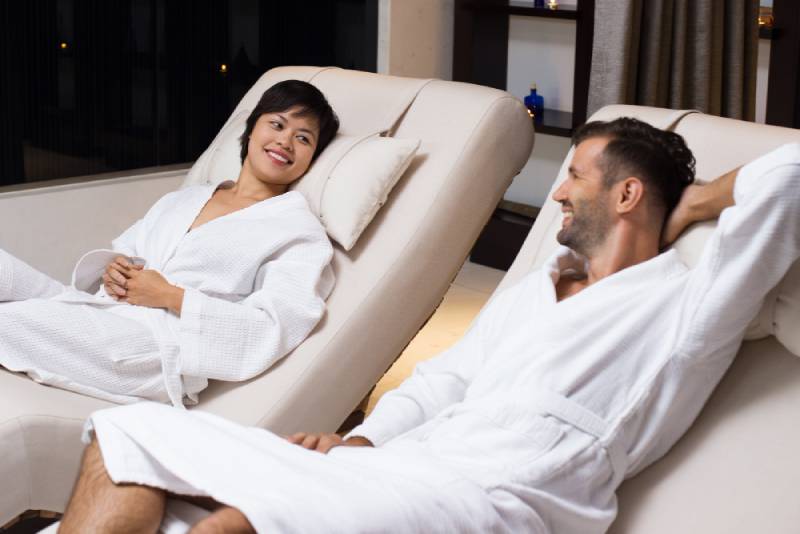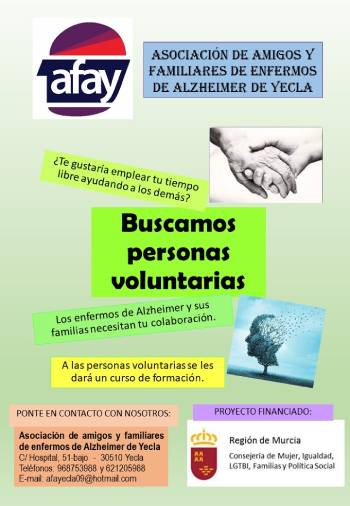In a world where sensory overload has become the default state, the quiet act of slowing down is gaining renewed value. For city dwellers, especially in high-density regions like Busan, wellness is no longer about luxury—it’s about necessity. And increasingly, that wellness is being delivered through personalized, private spaces that prioritize emotional reset as much as physical recovery. Whether tucked into high-rise buildings near the harbor or hidden between quiet neighborhoods, these modern healing environments are quietly redefining what it means to care for oneself in a busy world.
Busan’s unique geography—a convergence of sea, mountain, and dense urban grid—makes it a particularly fertile ground for this evolution. The rhythm of the tides, the salt in the air, and the mix of global influences in the city have helped shape a wellness culture that’s distinct from that of the capital. There’s a softness to the experience here, a kind of casual sophistication that invites guests not just to unwind, but to let go entirely. And while wellness in Busan includes everything from coastal walks to open-air tea houses, it’s the growth of quiet, interior-focused healing spaces that’s drawing increasing attention.
Unlike large commercial spas, these smaller, highly intentional venues operate with minimal signage and maximum care. Inside, guests are met not with grandeur, but with warmth—neutral tones, filtered lighting, and silence that feels sacred. Sessions are tailored not only to tension points, but to emotional states. Therapists are trained not just in technique, but in presence. It’s this human quality that sets the experience apart: the feeling of being seen, not just treated.
These venues attract a range of visitors: young professionals managing stress cycles, retirees seeking meaningful routine, travelers needing to decompress from overstimulation, and even locals simply carving out one quiet hour in an otherwise crowded week. While the motivations vary, the desired outcome is the same: stillness. And that stillness, in a city like Busan, feels especially restorative.
The importance of accessibility cannot be overstated. Urban recovery routines are only sustainable if they fit into the flow of daily life. In this sense, wellness platforms—such as those informally referenced by users as 오피사이트—serve a key function. Rather than promoting spa chains or superficial options, these directories help individuals identify low-key, high-care spaces that emphasize privacy, emotional awareness, and consistency. In a digital era full of noise, the ability to quietly discover and return to a trusted provider is a form of wellness in itself.
Of particular note is how certain districts in Busan have emerged as healing zones. The phrase 부산오피 often appears not in overt promotion, but in word-of-mouth forums and localized searches where users are seeking something discreet, calm, and close by. These searches are less about brand loyalty and more about emotional alignment—people looking for a space that feels right. And that feeling is increasingly tied not to aesthetics, but to atmosphere.
Inside these rooms, the world outside disappears. There’s no pressure to converse, no judgment about posture or productivity. The session unfolds slowly, like waves against the pier. Breathing deepens. Muscles soften. The mind, normally fragmented, begins to gather itself again. Many clients describe these moments as the only time they feel fully present during the week—a sacred pause in the middle of performance-driven routines.
The growth of these spaces also reflects a shift in how care is defined. It’s no longer only about solving problems—it’s about sustaining wellness over time. Regular visits create rhythm. Familiarity builds trust. Clients don’t need to explain themselves every time; the therapist remembers. This continuity is especially important in a fast-moving city like Busan, where relationships are often fleeting. To be remembered, cared for, and welcomed back is its own kind of healing.
Even the design of these spaces speaks to their purpose. Materials are soft but sturdy. Lighting is gentle but intentional. Scents are subtle—herbal, mineral, grounding. Everything in the room is there for a reason, contributing not to decoration, but to sensation. These choices signal to the nervous system: this is a place to rest. And in a world that constantly demands more, that message is radical.
Clients who build these visits into their monthly or weekly rhythm often report benefits beyond the physical: clearer thinking, improved sleep, greater patience, and a renewed sense of personal agency. It’s not that the sessions “fix” life—but they offer a space to recalibrate, so life feels more livable. For many, that’s more valuable than any quick result.
As Busan’s wellness scene continues to grow, it’s likely we’ll see more of these hybrid healing spaces—part therapy, part ritual, part refuge. They may not advertise loudly. They may not have the biggest signs or the most social media followers. But their power lies in their subtlety. In the way they allow people to feel safe, seen, and softened—if only for an hour.
Ultimately, these are not just massage spaces. They are cultural responses to modern overwhelm. And in coastal cities like Busan, where the boundary between movement and rest is constantly shifting, they offer something precious: a reason to stop. A reason to breathe. A reason to return—not just to the space, but to the self.



















.